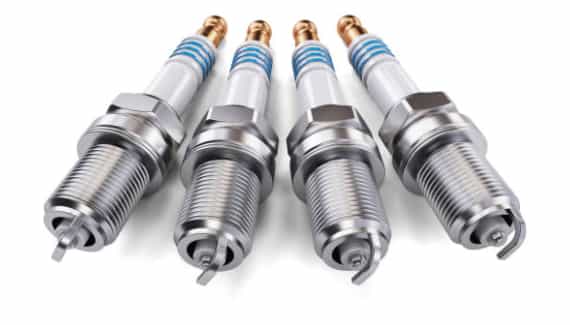
Motorcycle spark plugs are one of those motorcycle parts that need to be checked more frequently and replaced if you notice that a spark plug causes low performance of your bike. Luckily this process is not complicated to do and is easy to perform. You can also save some money if you do it yourself since you won’t have to pay a mechanic to change your spark plugs.
So how do you change motorcycle spark plugs? As a general rule, the first thing you need to do is detach the wires and separate the spark plugs. Clean the plugs before removing them to prevent any dirt from getting into cylinders. Check the spark gap and carefully reinstall new spark plugs while connecting the wires correctly.
We will lead you through a more detailed process further in this article, so stay with us if you want to know more about motorcycle spark plugs.
Table of Contents
How to Change Motorcycle Spark Plugs?
Your motorcycle spark plugs affect your motorcycle ignition system as well as overall motorcycle performance, and because of that, it is important to take proper care of them and to change them according to regular changing intervals.
List of Tools You Will Need:
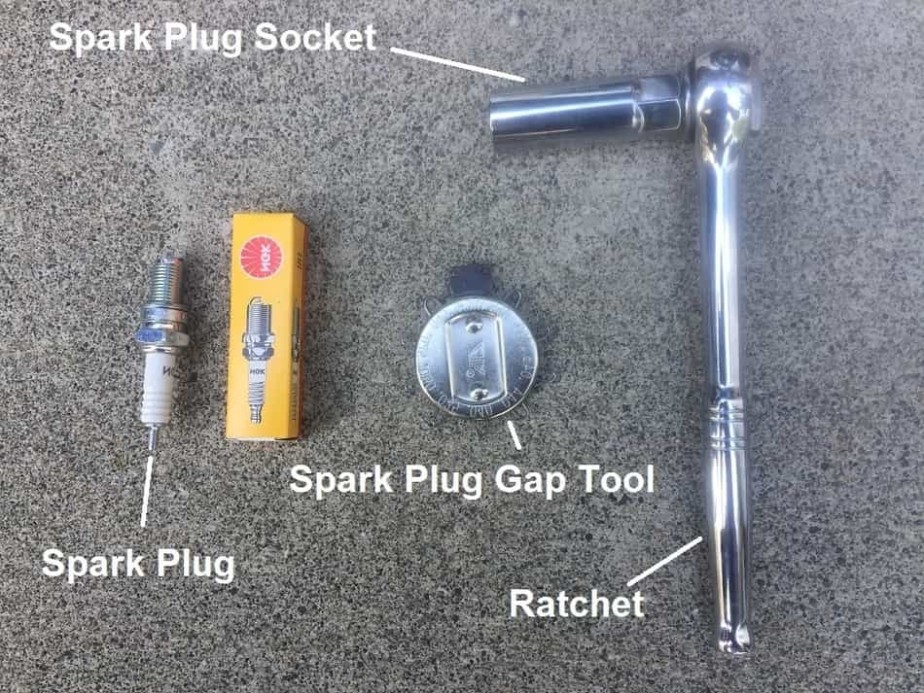
- New spark plugs
- A ratchet (socket wrench)
- A spark plug gap tool
- A spark plug socket
With that being said, we will show you how it needs to be done in the following step-by-step guide.
Step 1: Detach Wires
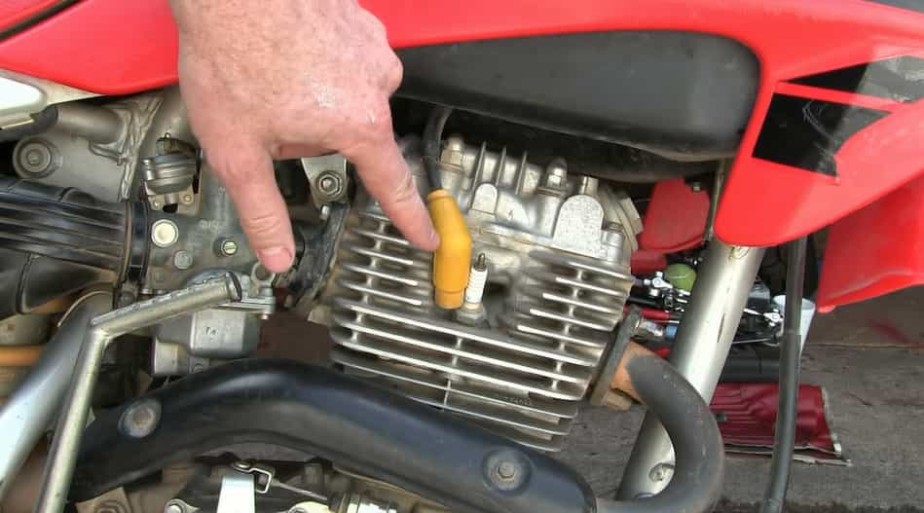
The first thing you have to do is leave a motorcycle to cool down if you have recently been on a ride; if not, you can begin the process. You should easily access your spark plugs from one of the sides of the motorcycle. Hold a little cap on the spark plug’s end (the boot) with your fingers. Twist the boot carefully so that you detach the wire.
Whatever you do, make sure that the wires disconnect easily and don’t force them since there is a possibility that you will damage them. If you have a hard time detaching them, try to twist them to the right and left side carefully, and you should be able to remove them that way.
Step 2: Clean Spark Plugs
You can use a cleaning agent and a wet rag to clean your spark plugs. It is recommended to clean them before removing them because you can prevent any debris and dirt from getting in the engine’s cylinders once you separate spark plugs from their place.
Tip: Use a compressor to blow the spark plugs and dry them. That way, you will have cleaner spark plugs, and there won’t be any dirt during replacing process.
Step 3: Disconnect Spark Plugs
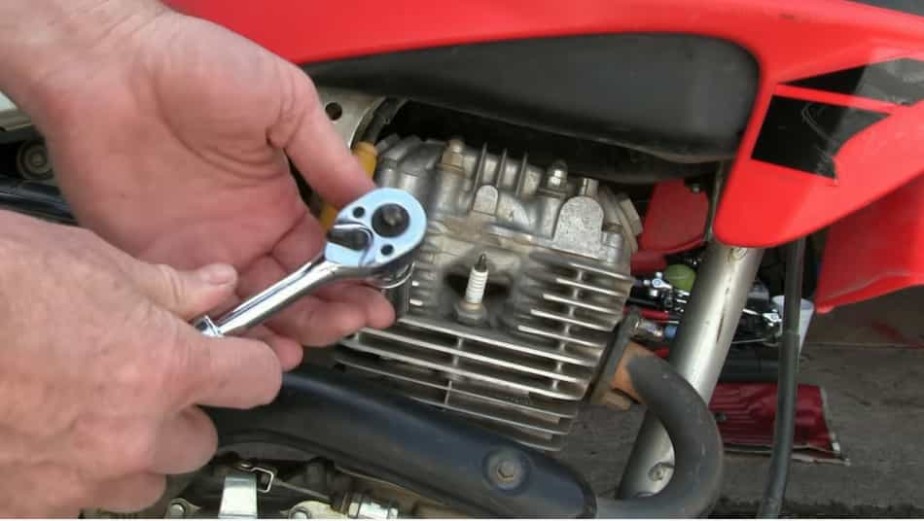
Spark plugs have linings that protect them from getting their surface cracks, so you don’t have to worry about using extra pressure while detaching them. To disconnect a spark plug, you will need to use a spark plug socket and a ratchet and turn it in a counter-clockwise direction. You need to turn the spark plug until you feel that it is loose enough to detach.
Here is a great article about How Do Motorcycle Spark Plugs Work, so click on this link if you want to learn more.
Once it gets loose, you shouldn’t have any problems separating them using only your fingers. After removing the spark plugs, look for any signs that could point to a damaged plug, and if you find any indication, this could signal you that some dirt or debris could have fallen into your cylinder.
Step 4: Inspect the Cylinder Heads
You should always check the cylinder heads before getting new spark plugs and installing them. There shouldn’t be any problem with screwing new spark plugs into the cylinder heads. If you notice that the cylinder heads are dirty, take a rag, soak it in penetrating oil, and clean the heads.
Note: Cleaning cylinder heads with penetrating oil will also help the ignition system to start the engine easier.
Tip: To stop any friction from developing on the new spark plugs or cylinder heads, use a small amount of penetrating oil and spray it over the threads.
Step 5: Check Spark Gap
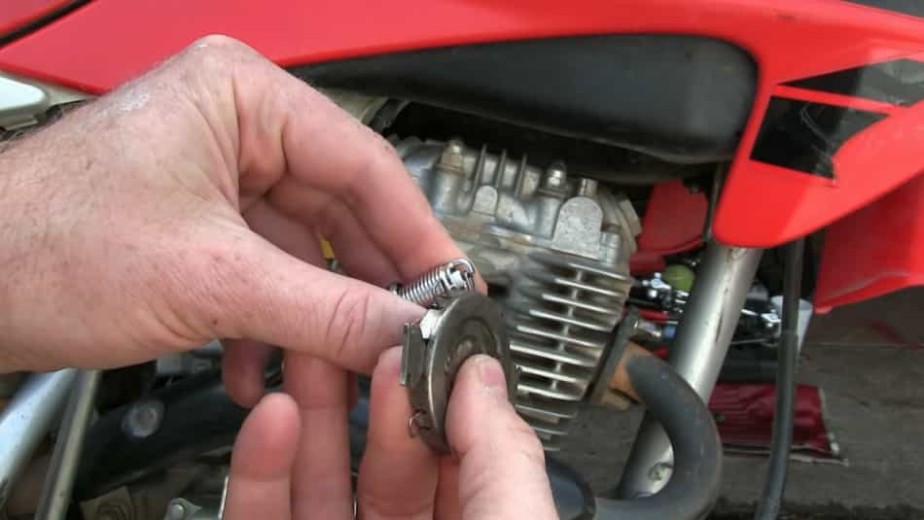
Your motorcycle spark plugs need to be correctly gapped so that they can enable your bike to function correctly. The space between the center electrode, which is a tiny metal cylinder placed under the hook, and the ground electrode, which is a top part looking like a hook, must be spaced apart accurately as written in your motorcycle manual.
You can make this step easier if you use a spark plug gap tool. You can measure metal tabs or the space with this tool which uses varying thicknesses or wires. The way you use it is to put the tab or metal wire into the gap and read what measurement is proper for your spark plug.
Step 6: Connect New Spark Plugs
Take a spark plug and screw it into its position using your hands. To give your plugs that final strong turn, take a socket or a spark plug wrench and screw them.
Note: Make sure that your plugs are not over-tightened.
Step 7: Reconnect the Wires
Use your fingers to reconnect the wires into the specific spark plug carefully. It is mandatory that you reconnect the wires back to the correct position on the engines with multiple cylinders. If you reconnect them wrong, the motorcycle will break down soon after you start it. Sometimes you won’t even be able to start the engine.
If you need additional help with changing your motorcycle spark plugs, you can watch this video that we find very helpful:
Spark Plug Heat Range
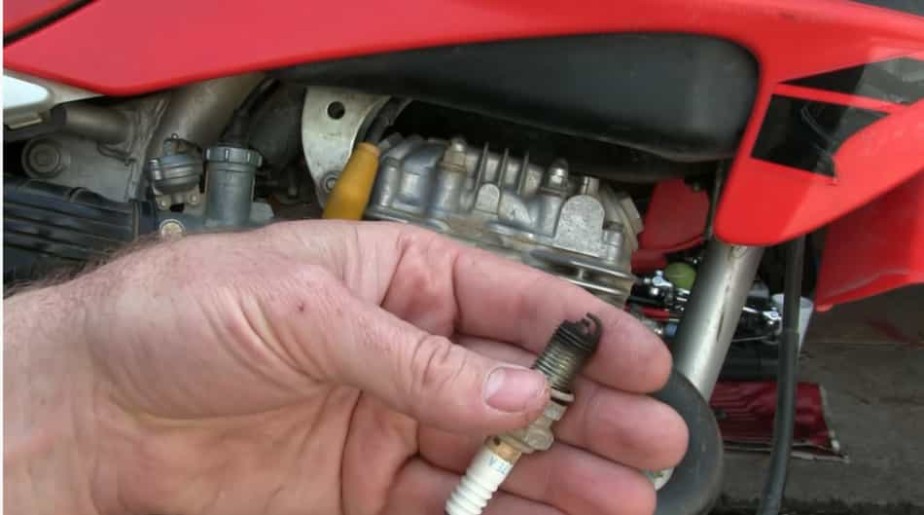
Every engine has its heat range, and it is crucial to stay in that range. Your motorcycle manual should have spark plug heat range information written, and there may be different options depending on what environment and operating conditions you ride your bike most.
Tip: Before changing a heat range, you should consult your motorcycle manual to see what range is specified for your motorcycle.
It is possible to improve your motorcycle performance by changing your spark plugs. Still, you need to change them with the plugs specified in your motorcycle manual because changing your spark plugs with the wrong plugs can only lower your performance and damage your bike.
You can estimate your spark plugs heat range in a visual way, and that is to measure the circumference and length of the insulator placed around the center wire. If your plug has a long and slim insulator, it shows that your plug has a hotter heat range.
You can determine what heat range your spark belongs to because of the numerical terms in which the heat ranges are expressed.
- Numbers 2-6 indicate higher and hotter plug values.
- Numbers 7-11 indicate colder plug values.
Best Motorcycle Spark Plugs
1. NGK Standard Spark Plug
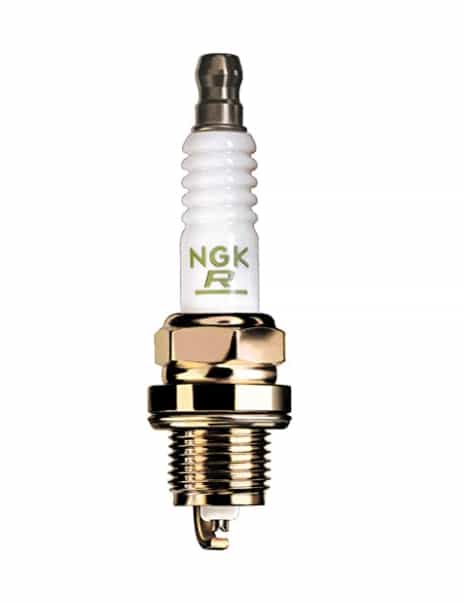
This standard spark plug is made out of basic materials, which includes a shell dipped in zinc and a copper core, and should be your choice if you look for quality and, at the same time cheap spark plug.
2. Pro Bat Orange Spark Plug
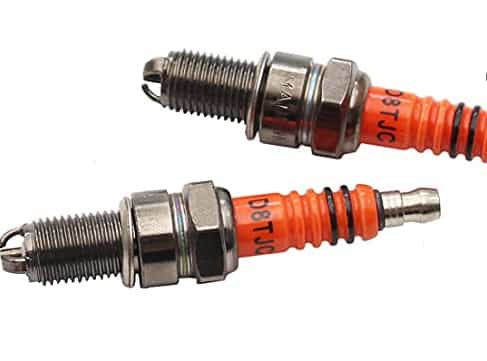
This spark plug is excellent if you have off-road vehicles or you ride on all kinds of terrain. These spark plugs are specific because they have three electrodes that cause the spark plug to ignite.
3. Denso Iridium Spark Plugs
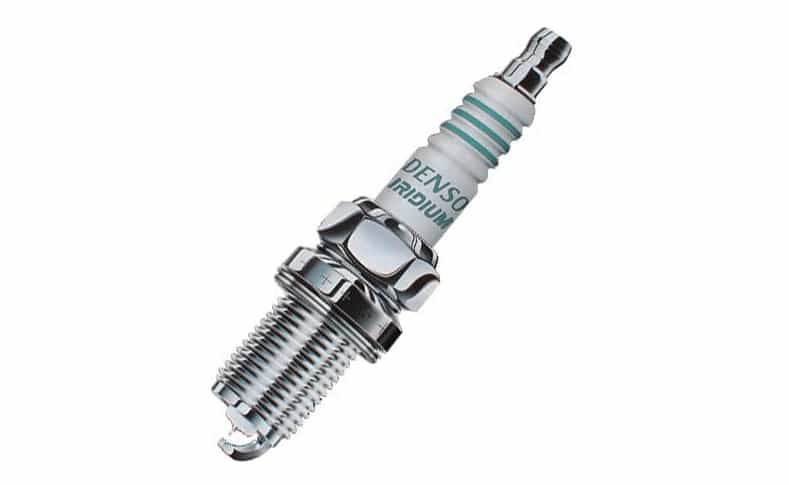
Denso is a Japanese company that produces quality spark plugs. They are known for using 0.4 mm iridium center electrode, the smallest electrode diameter used in spark plugs.
4. NGK Iridium IX Spark Plugs
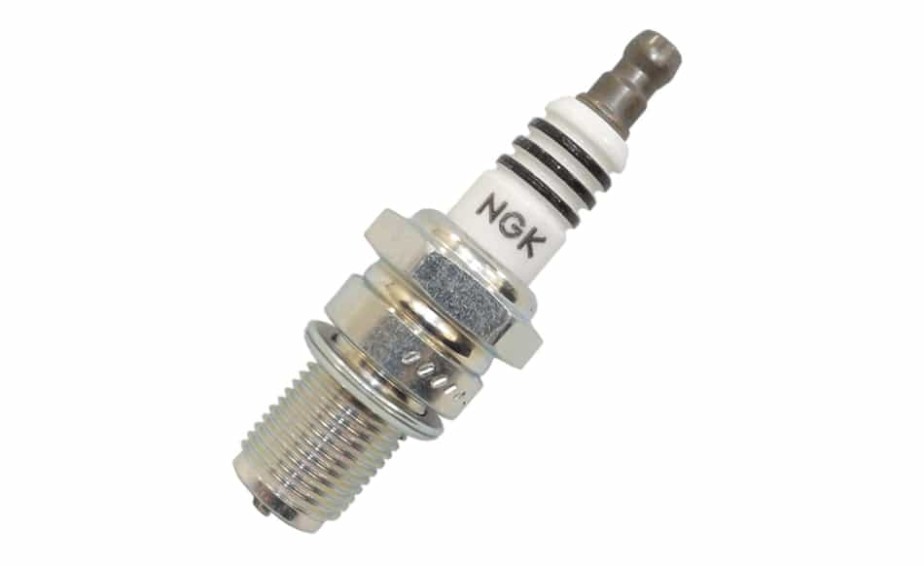
This is a high-performance spark plug that will make your engine work much longer. This spark plug will last for a longer time and will endure hard conditions because of the iridium, which can take high temperatures. A great benefit of this spark plug is its anti-corrosion properties since it is iridium-tipped.
5. E3 Powersports Spark Plugs
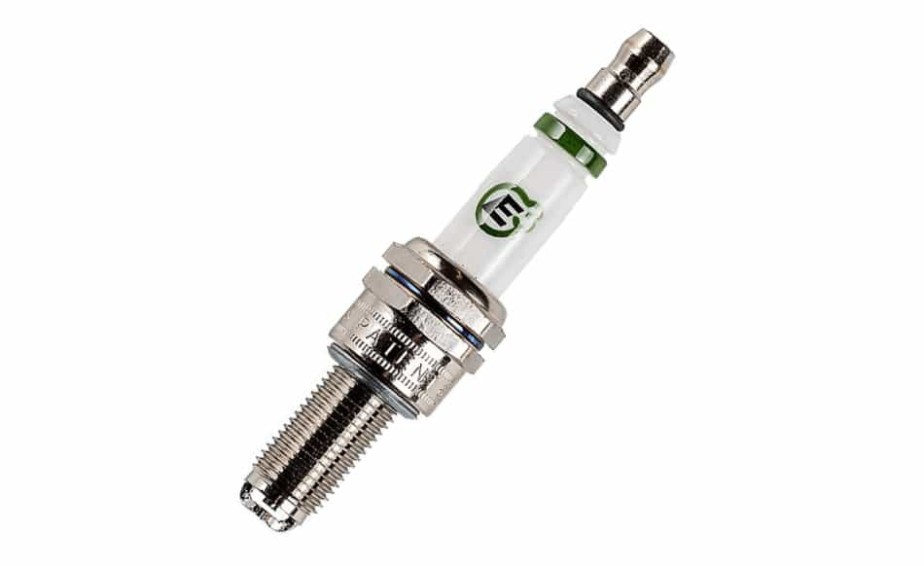
This spark plug is perfect for racing motorcycles since it enables the high performance of your bike.
Final Thoughts
Motorcycle spark plugs are one of the vital components of your motorcycle ignition system, and not only do they affect your motorcycle ignition, but they also have a significant influence on your motorcycle’s overall performance. In this article, we gave you all the vital steps you need to do to change your spark plugs, and our fellow rider friends and ourselves also use these steps. We also gave you a list of the top five spark plugs that we tried, and we felt that our motorcycle had an excellent performance.
